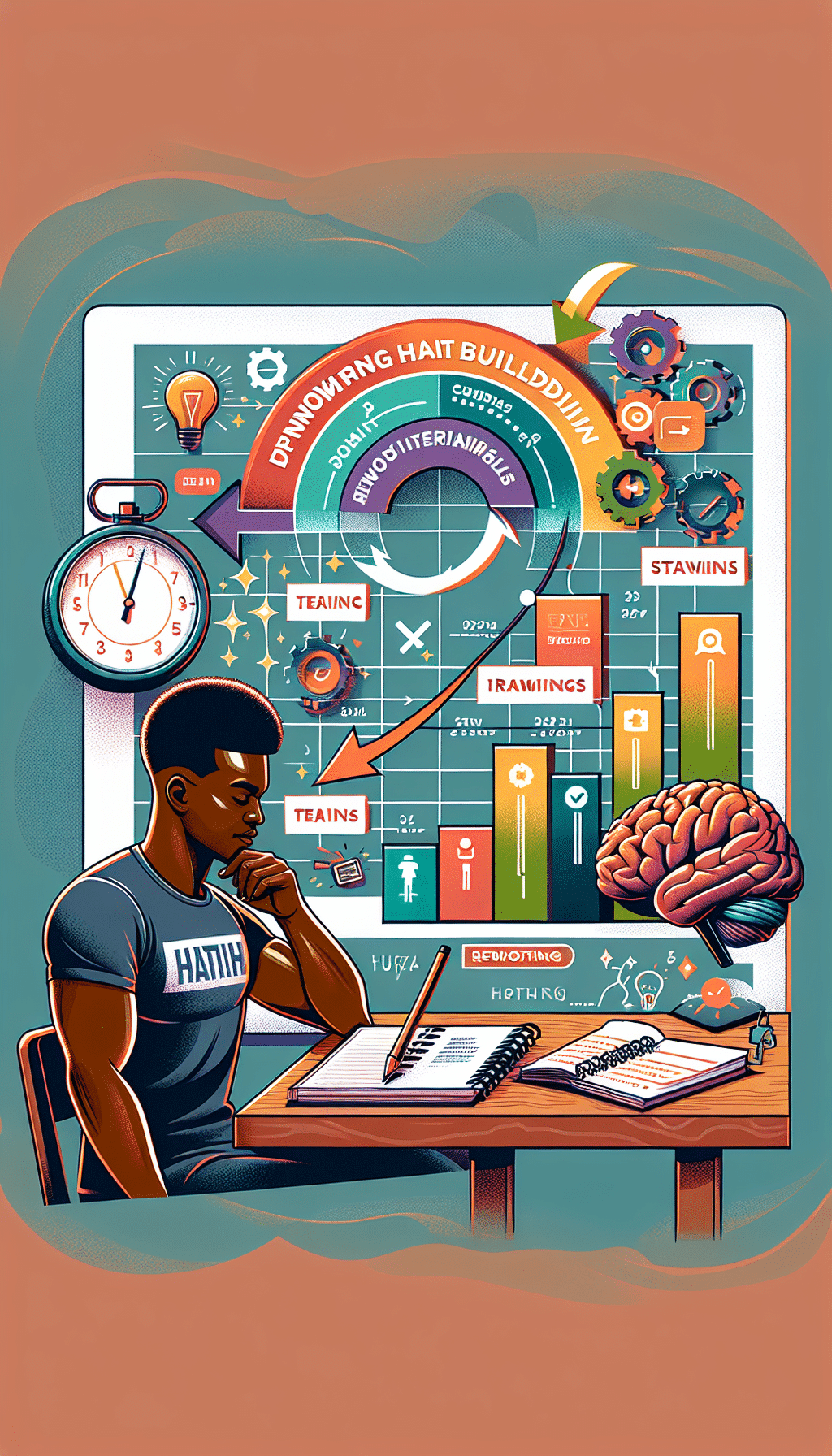
In today’s interconnected and rapidly changing world, relationship building has become a critical skill for individuals and businesses alike. Strong connections with others not only contribute to personal happiness and well-being, but they also play a pivotal role in professional success and business growth. However, the traditional approaches to relationship building that worked in the past may no longer be as effective in our modern society.
The advent of technology and the rise of social media have fundamentally transformed the way we connect with others. Traditional approaches to relationship building, such as in-person meetings, phone calls, and networking events, are still valuable, but they are no longer the sole means of developing and nurturing connections. Modern strategies that leverage technology have emerged, allowing us to build and maintain relationships in new and innovative ways.
One of the key ways in which technology has impacted relationship building is through the use of social media platforms. Platforms like Facebook, LinkedIn, and Twitter offer opportunities to connect with a wide range of individuals and expand our networks beyond geographic boundaries. These platforms allow us to interact with others, share information, and engage in meaningful conversations, all from the comfort of our own homes or offices.
Additionally, technology has enabled the development of virtual meeting tools, such as video conferencing software, that make it possible to have face-to-face conversations with people who may be located thousands of miles away. This allows for more frequent and convenient interactions, reducing the barriers imposed by physical distance.
Furthermore, tools like customer relationship management (CRM) software have revolutionized the way businesses approach relationship building. These tools enable companies to track and manage their interactions with clients and prospects, ensuring that no opportunity for connection is missed. CRM software also provides valuable data and analytics, allowing businesses to measure the success of their relationship building efforts and make informed decisions.
In conclusion, while the importance of relationship building remains unchanged, the strategies and tools we use to build and nurture connections have evolved significantly. Leveraging technology and modern approaches are essential for success in today’s digital age. By embracing these changes and adapting our relationship building practices, we can create stronger connections and achieve greater success both personally and professionally.
Traditional Approaches vs. Modern Strategies
In today’s fast-paced and technology-driven world, relationship building has evolved into a more complex and dynamic process. While traditional approaches involved face-to-face interactions and personal connections, modern strategies harness the power of technology to establish and nurture relationships.
One of the main differences between traditional approaches and modern strategies is the reach and speed at which relationships can be built. In the past, relationship building was limited to physical proximity and required significant time and effort to establish meaningful connections. However, with the advent of technology, individuals can now connect with others from all over the world in an instant. Platforms such as social media, email, and video conferencing have made it easier than ever to initiate and maintain relationships.
Another key difference between traditional approaches and modern strategies lies in the depth and quality of relationships that can be cultivated. Traditional relationship building often relied on superficial interactions and short-lived connections. In contrast, modern strategies prioritize cultivating genuine and long-lasting relationships. Through online platforms, individuals can gain insights into the interests, preferences, and values of others, allowing for more targeted and meaningful interactions.
Furthermore, modern strategies include the use of data and analytics to enhance relationship building efforts. Digital platforms provide valuable insights into the behavior and preferences of individuals, enabling businesses and individuals to tailor their interactions and offerings accordingly. By leveraging technology, it is possible to deliver personalized experiences and anticipate the needs and desires of others, ultimately strengthening the bond between parties.
However, it is important to note that while technology has revolutionized relationship building, the human element is still essential. Despite the convenience and efficiency that technology brings, genuine connections are built on trust, empathy, and understanding. Therefore, modern strategies should aim to strike a balance between leveraging technology and fostering meaningful human interactions.
In conclusion, relationship building has undergone a significant transformation in recent years. Traditional approaches have given way to modern strategies that leverage technology to establish, nurture, and enhance connections. By embracing these changes, individuals and businesses can redefine relationship building and unlock new opportunities for growth and success.
Leveraging Technology in Relationship Building
Technology has revolutionized the way we connect and communicate with others, making it an essential tool for building and maintaining relationships. By leveraging technology, individuals and businesses can expand their networks, reach a wider audience, and strengthen connections in ways that were not possible before.
One of the key ways technology has transformed relationship building is through social media platforms. These platforms have created virtual communities where individuals can easily connect and engage with each other regardless of geographical limitations. For businesses, social media provides an opportunity to showcase their products or services, engage with customers in real-time, and receive feedback, ultimately fostering stronger relationships.
Another technology that has changed the landscape of relationship building is email. With email, individuals can instantly reach out to one another, share information, and maintain consistent communication. Email marketing has become an effective strategy for businesses to nurture relationships with their customers, providing value through personalized messages and timely updates.
Furthermore, video conferencing and online collaboration tools have made it easier to form and maintain relationships remotely. These tools allow face-to-face interactions regardless of physical distance, enabling businesses to hold virtual meetings, presentations, and even networking events. Through video conferencing, individuals can build trust and establish connections that would have otherwise required in-person meetings.
Additionally, customer relationship management (CRM) software has become an invaluable resource in relationship building. CRM systems store, analyze, and manage customer data, providing businesses with insights that can help them tailor their interactions and personalize their approach. By understanding customer preferences and behavior, businesses can create more meaningful connections and offer customized experiences.
As technology continues to advance, artificial intelligence (AI) is increasingly being integrated into relationship building strategies. AI-powered chatbots and virtual assistants can provide real-time assistance and support, enhancing the customer experience and facilitating engagement. These tools can not only handle routine inquiries and tasks but also learn from interactions, allowing for more personalized and efficient interactions over time.
Overall, technology has redefined relationship building by offering new and innovative ways to connect, engage, and nurture connections. By embracing these modern strategies and tools, individuals and businesses can efficiently build and maintain relationships, resulting in improved outcomes and success in various domains.

Redefining Relationship Building in the Digital Age
The advent of technology has revolutionized the way we build and foster relationships. In this digital age, it is essential for individuals and businesses to adapt to new strategies and approaches that redefine relationship building.
Leveraging Technology
One of the key ways to redefine relationship building is by leveraging technology. With the rise of social media, online communication tools, and customer relationship management (CRM) systems, individuals and businesses now have unprecedented access to a vast network of potential connections.
By utilizing these technological tools, relationship building becomes more efficient and scalable. Social media platforms allow individuals and businesses to connect with a wider audience and engage in conversations that were previously limited to in-person interactions. CRM systems enable businesses to store detailed information about their customers and track their interactions, allowing for more personalized and targeted communication.
Nurturing Connections
In the digital age, nurturing connections requires a different approach. While face-to-face interactions are central to building strong relationships, digital interactions can also play a crucial role. Regularly engaging with connections through social media, emails, or online communities helps to strengthen connections and foster a sense of familiarity and trust.
Additionally, providing valuable content through blogs, webinars, and newsletters can further nurture connections by positioning individuals and businesses as experts in their respective fields. By consistently delivering valuable information, individuals and businesses can establish themselves as trusted sources, creating a foundation for lasting relationships.
Measuring Success
Measuring the success of relationship building in the digital age requires a shift in perspective. While traditional metrics like the number of meetings or handshakes were once used to gauge success, these metrics are no longer sufficient in the digital realm.
Instead, success in relationship building can be measured through engagement metrics such as likes, comments, and shares on social media posts, email open rates, or customer feedback. These metrics indicate the level of interest and connection individuals or businesses have been able to establish with their target audience.
Furthermore, measuring the impact of relationships on business outcomes can provide valuable insights. By tracking conversion rates, customer retention, or referrals from existing connections, individuals and businesses can gain a better understanding of the tangible benefits that result from effective relationship building.
In conclusion, redefining relationship building in the digital age requires leveraging technology, nurturing connections through digital interactions, and adopting new metrics to measure success. By embracing these strategies, individuals and businesses can build stronger and more meaningful relationships in our interconnected world.
Redefining Relationship Building
In today’s digital age, the way we build and maintain relationships has evolved significantly. With the advent of technology, individuals and businesses have access to a wide range of tools and platforms that streamline the process of connecting with others. Redefining relationship building means embracing these modern strategies and leveraging technology to nurture and grow connections.
The Importance of Building Relationships
Building relationships is a crucial aspect of personal and professional success. Whether you are an individual looking to establish meaningful connections or a business aiming to cultivate a loyal customer base, investing time and effort into relationship building is essential. Strong relationships foster trust, loyalty, and open doors to new opportunities.
Traditional Approaches vs. Modern Strategies
Traditionally, relationship building involved face-to-face interactions, networking events, and phone calls. While these methods are still valuable, they can be time-consuming and limited in reach. Modern strategies, on the other hand, leverage technology and online platforms to connect with a larger audience quickly and efficiently. Social media, email marketing, and online collaboration tools have transformed the way we establish and maintain relationships.
Leveraging Technology in Relationship Building
Technology has made relationship building easier and more accessible than ever before. Social media platforms such as LinkedIn, Twitter, and Facebook provide opportunities to connect with individuals and businesses globally. These platforms enable users to share content, engage in conversations, and foster relationships effortlessly. Email marketing tools allow businesses to personalize communications and stay in touch with their customers regularly. Online collaboration tools like Slack and Trello foster teamwork and improve relationships within organizations.
Nurturing Connections in the Digital Age
In the digital age, nurturing relationships requires a combination of online and offline strategies. While technology enhances our ability to connect, it is essential to balance it with face-to-face interactions. Attending networking events, industry conferences, and even scheduling coffee meetings can help strengthen connections and build rapport. It’s crucial to remember that ultimately, genuine relationships are built on trust, empathy, and mutual support.
Measuring Success in Relationship Building
The success of relationship building can be measured through various indicators. For businesses, key performance indicators (KPIs) such as customer retention rates, referral rates, and customer satisfaction scores can indicate the effectiveness of relationship-building efforts. For individuals, personal growth, career advancement, and the quality and breadth of their professional network can serve as indicators of success.
In conclusion, redefining relationship building in the digital age means embracing technology and leveraging modern strategies to establish and nurture connections. It involves a balance between online and offline interactions, focusing on the quality and depth of relationships rather than the quantity. By investing time and effort into relationship building, individuals and businesses can unlock a wealth of opportunities and benefits.
Summary
In today’s fast-paced digital world, relationship building has taken on a new dimension. While traditional approaches still hold value, modern strategies are redefining how connections are made and nurtured. Leveraging technology has become essential in forming and maintaining relationships, allowing for increased reach and efficiency. However, the human touch remains crucial, and finding a balance between digital and personal interactions is key. Success in relationship building is measured by the strength of connections formed and the impact they have on achieving individual and organizational goals.






